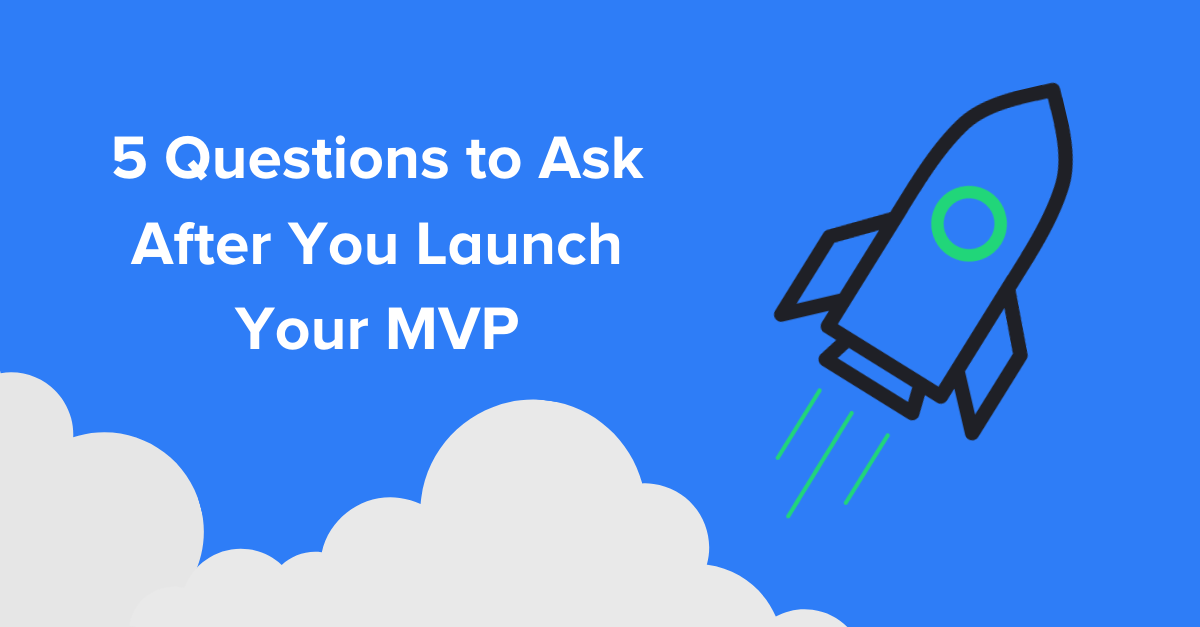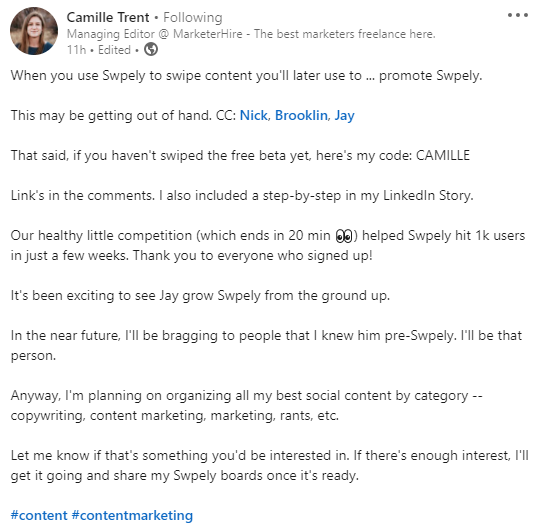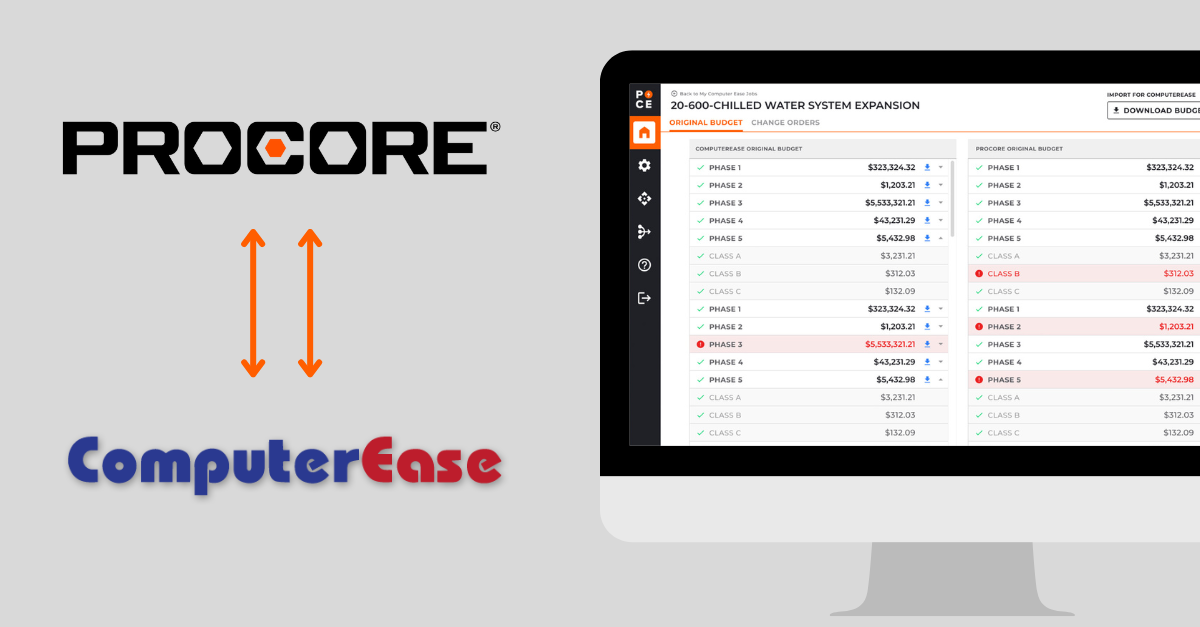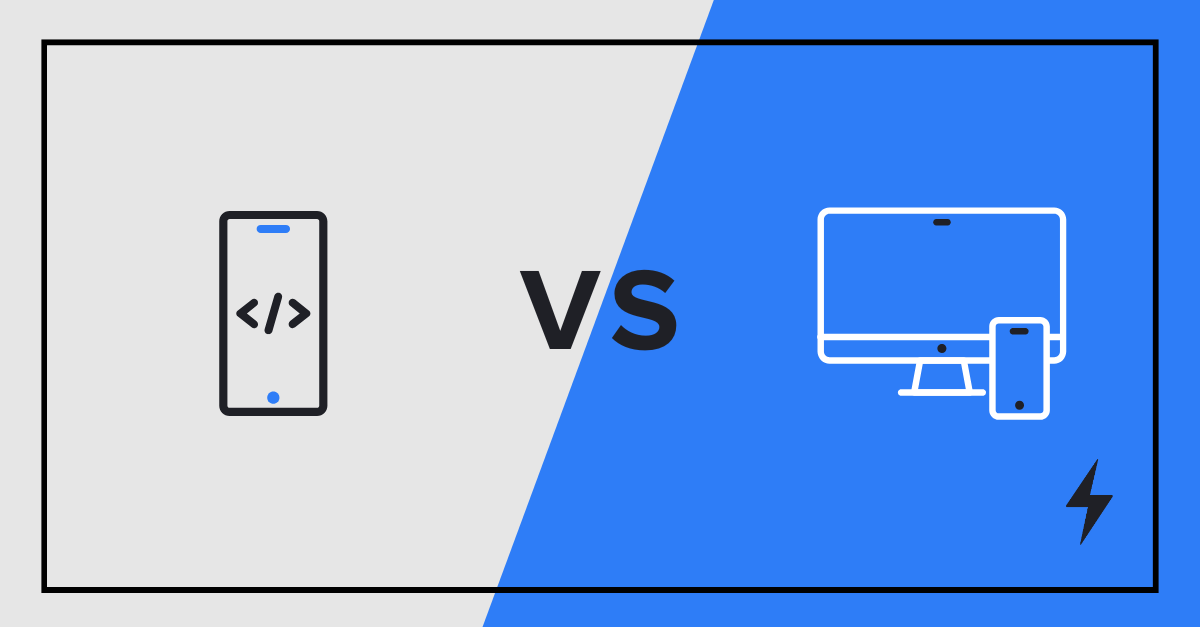So, you’ve finally launched your MVP (minimum viable product). Congrats! That’s an important milestone and one you should definitely celebrate.
And now that it’s shipped, your team might already be asking, “What else can we add?” And no doubt you have a whole backlog of great ideas to try.
But you shouldn’t rush into building new features. This is a critical period between the launch of your MVP and the start of work on new features.
So before you start building again, ask yourself the 5 questions below. Once you have solid answers for all them, then you’re ready to invest more time and money into your new product.

-
1. How do you plan to promote your MVP?
When your heads down in development, it can be easy to overlook the actual promotion of your new product. But, without a plan in place, you might be asking at launch, “So, what happens now?”
Unfortunately, just having a good product doesn’t means users will automatically sign up to use it. If no one knows about it, then it won’t take off.
The goal of your promotional strategy is to drive new users for your product. Then, you can use their feedback to determine what the right features are to build next. You’ll also find some places where your product missed the mark, so you’ll know to move on from those ideas (or the product entirely).
But, it takes more than just throwing up a web page or emailing some subscribers to attract users who’ve never heard of you before. You’ll need a strategic plan that’s unique to your business, product, and market.
Hopefully, even before launching your MVP, you validated your idea with a test market or audience. If so, this audience could be some of your first beta users. They can also help promote your product to their own audiences to drive more users.
Read more about how to validate your startup idea.
Real-world example: Using Influencers
Startup Swpely is a new and easy way to save images, notes, and social posts as a swipe file. While the product is still in beta, Swpely quickly grew a user base to over 1,000 in just a few weeks by asking marketing influencers (who tested and loved the product) to promote signing up to their social audiences.

-
2. Is it a successful MVP? How do you know?
You can measure the success of your MVP launch in a few different ways. But the most important measure is whether you sufficiently solved a problem that your users care about. You want to be sure that your core idea for addressing a customer need is right.
The conclusion that your MVP is a success is subjective and should be made after looking at both quantitative and qualitative factors (discussed more below).
And having a successful MVP—one that solves a problem your users care about—is the key to economic viability. When you solve an important problem for an engaged audience, they’re more likely to pay and use your solution.
-
3. Do you have KPIs that tell you if customers find value in your MVP?
You should track quantitative (numerical) data to determine whether your customers found value in your MVP. These metrics could include total number of downloads, total number of logins, total number of shares, etc.
These hard numbers are your KPIs, or key performance indicators. They’re your trustworthy metrics that track your progress and performance. They also help you make better decisions about what to improve or build for your product.
For example, let’s say you have high download rates, but low engagement rates with your software application. This could point to problems with the usability of your product and prompt you to investigate further.
Qualitative (narrative or descriptive) data is also just as important. From this detailed feedback, you can get key insights into what users really think of your MVP.
You can ask your users questions like these in an open format:
- What did they like about your MVP?
- What didn’t they like?
- What features do they hope you include next in the next iteration?
- Would they recommend your product? Why or why now?
You can gather this type of feedback through in-depth user interviews or simple surveys.
-
4. How did users interact with the product? Did it map to your expectations?
You also want to compare how your users actually used your product compared to how you thought they’d use it.
Despite your best efforts, sometimes users will interact with your product it in a way that you didn’t anticipate, either good or bad. Sometimes an unexpected use can reveal a much bigger market opportunity. Or it can simply give you a clearer understanding of your target users and how to solve their pain points.
-
5. What features do your free-version customers want versus paying customers?
Many startups initially release their MVP product for free. You don’t want any barriers for others to try your product for the first time. But whether you always have a free version or not, you have to understand what would make your product valuable enough to pay for eventually.
As you gather user feedback, pay attention to what features would be valuable enough for them to upgrade to the paid version of your product. What do they perceive as worth their money and time?
From MVP to a Successful, Viable Product
Once you have answers to these five questions, you should be more confident in continuing to build a successful product and invest more capital. You’ll have a deeper understanding of how to promote and strategically build features that add the most value for your users.
Even if you’ve determined that your MVP wasn’t “successful,” that the market really doesn’t want your solution…well, that’s also a success! That is (kind of) the entire point of MVPs– get real market feedback quickly and use it to build (or not build) a product that makes a difference.
Want to learn more about launching a startup and new product? Read these other helpful guides:




